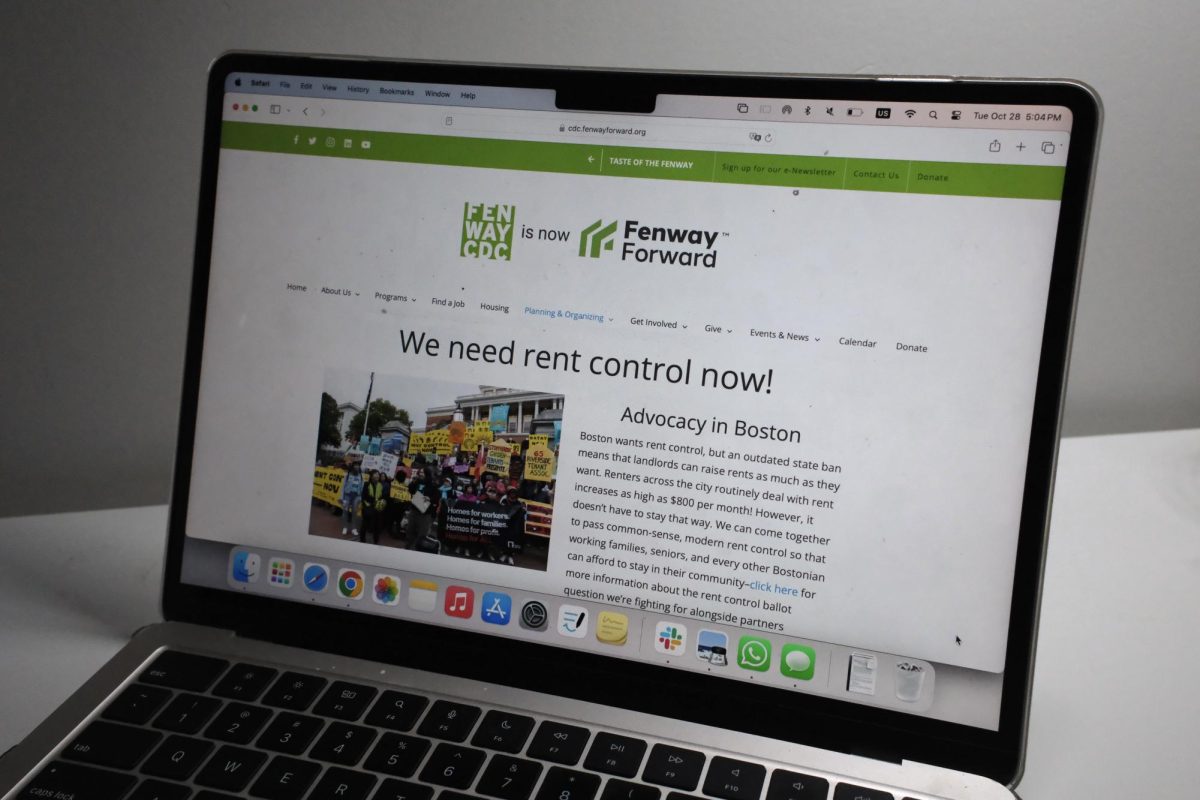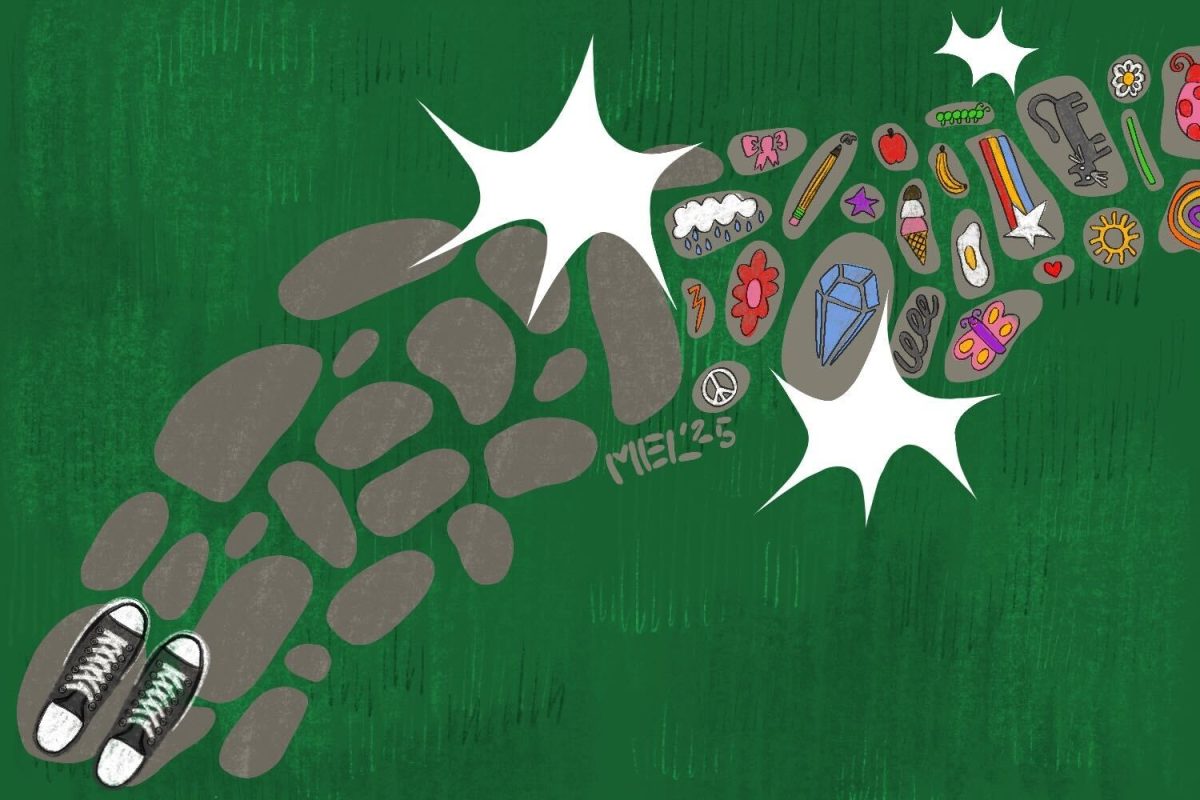
Vacations across the Northeast were interrupted early this month by “bomb cyclone,” which dropped up to 15 inches of snow onto cities and freeways, disrupting transportation for days.
Unfortunately for residents, climate trends may suggest that New England will be seeing more frequent extreme winter storms in coming years.
While “bomb cyclone” may sound like a term straight out of a thriller, it is a legitimate meteorological occurrence. Coined from bombogenesis, or a rapid drop in barometric pressure, according to NBC Boston meteorologist Michael Page, “Bombogenesis is the official term given to storms that undergo rapid intensification.”
Bomb cyclones are typically associated with heavier snow, higher wind speeds and more rapid flooding, all of which were experienced across the Northeast during the storm.
“There’s strict criteria. And it’s not new by any means,” Page said.
While bombogenesis is not new to the meteorological community, the recent storm was significant. Meteorologist Eric Holthaus remarked on Twitter that it was “likely the most intense winter storm in the satellite era.”
“Over the past several years the ocean near New England has been running much warmer than normal,” Page said. “With that abnormal warmth, it’s certainly possible that storms will more frequently rapidly gain strength.”
High winds are caused by differences in atmospheric pressure. While average atmospheric pressure has differed negligibly in past decades, the increase in water temperature has caused increased snowfalls, exacerbating high-wind conditions that impair visibility at the height of a storm.
2017 was the Earth’s third-warmest year on record, an indicator toward the pressing issue of climate change. Skeptics, including President Donald Trump, often point to large snowfalls and cold temperatures as evidence contradicting global warming studies.
“In the East, it could be the coldest New Year’s Eve on record. Perhaps we could use a little bit of that global warming… ” Trump tweeted.
However, warming water and cold land create temperature gradients that result in even stronger winter storms than previously seen.
“The arctic is warming and [the Northeast is] cooling down. That cold air is getting pushed down to the Northeast and it is because of climate change that it is so cold in the Northeast,” said Carol Oldham, executive director of the Massachusetts Climate Action Network.
In combating climate change, a major focus of activists has been limiting carbon emissions. Mayor Marty Walsh has pledged carbon neutrality by 2050. Neutrality does not mean no carbon emissions at all, but a combination of limiting releases and using trees to offset emissions.
“I think that the mayor has made a really significant commitment [with the initiative], but it’s a really big goal so [the city] needs to move faster to achieve that,” Oldham said.
During “bomb cyclone,” Boston made national news as the city’s highest recorded tide since 1928 flooded vehicles and subway stations.
“Boston should absolutely expect more frequent flooding,” Page said. “Sea levels continue to climb, making it ‘easier’ for a storm to cause flooding.”
Frequent flooding poses various risks to Boston’s aging infrastructure. According to an East Boston city report, “annualized losses to structures [to] jump from about $11 million to over $80 million” between now and the second half of the 21st century.
As a result, the City funded research for a sea wall with cost estimates topping $20 billion, according to the Boston Herald.
Boston has ample coastal areas that will be increasingly threatened in coming decades as sea levels continue to rise. Without significant infrastructure improvements, homes and businesses could soon be in danger.
While partially due to rising sea levels, the flooding earlier this month was also due to a destructive confluence of environmental variables.
“The coastal flooding that occurred during the Bomb Cyclone was due to two factors: the storm itself, as well as an astronomical high tide occurring during the height of the storm. If the storm had arrived six hours earlier or later, at low tide, the flooding would not have occurred,” said WHDH Chief Meteorologist Jeremy Reiner.
Oldham said concerns about rising sea levels and more frequent winter storms have encouraged Bostonians to work to prevent the worst of these possibilities from becoming a reality.
“We’ve had an uptick in interest in people who want to volunteer, who want to start local chapters, people who want to take action on climate change,” Oldham said. “We all need to take action and responsibility.”




















































































































